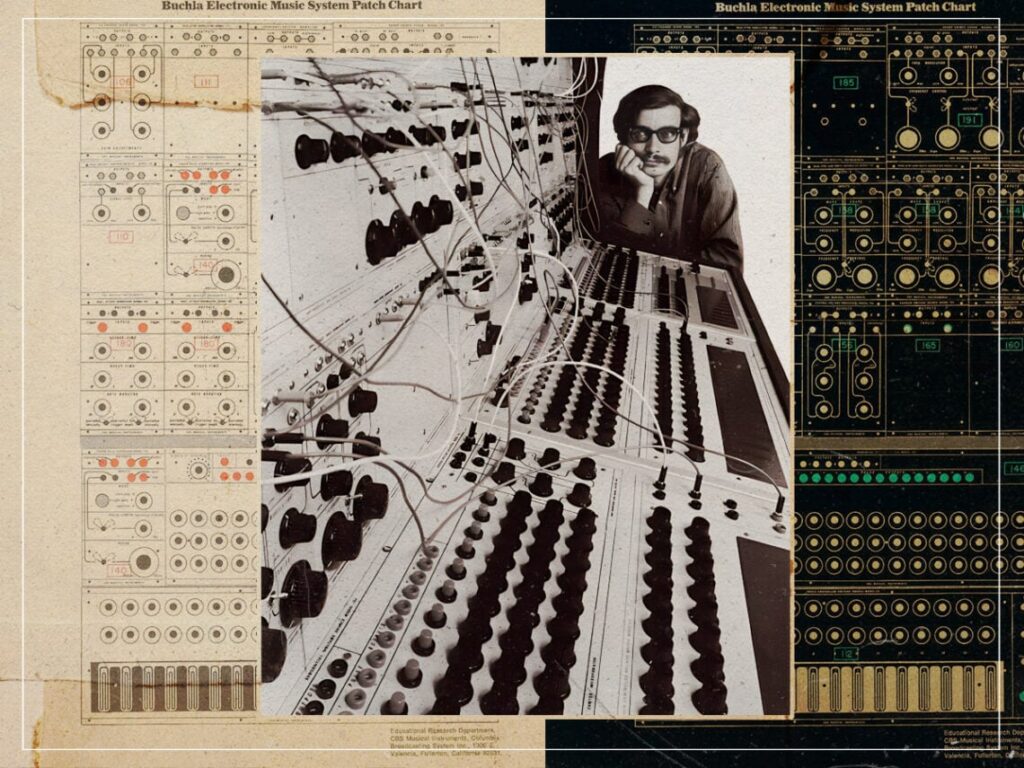“A new kind of composer”: how Don Buchla created the first revolutionary synthesiser
 Posted On
Posted On
(Credits: Far Out / Buchla)
In the 1950s, Don Buchla was merely a student with a blossoming interest in the avant-garde music scene. His interest grew and grew until he tried his hand at bringing his visions to life, inventing gadgets that could manipulate sound to create innovative electronic music. Whether he knew it at the time, his instruments would change the electronic musical landscape forever.
Buchla’s story encountered a real turning point when he met electronic musician Morton Subotnick, who would later release what’s largely considered the first-ever label-commissioned electronic album, Silver Apples of the Moon. Prior to composing the music, however, Subotnick was a student who was approached by a label to create an electronic album. He declined at first, thinking the person was joking, but accepted after realising the person was the real deal.
Afterwards, Subotnick, accompanied by Ramon Sender, approached Buchla, asking him to design a new electronic instrument they could use for their live performances. In response, Buchla embarked on crafting something different from other efforts like those by Robert Moog. Unlike Moog’s emphasis on keyboard-centric interfaces, Buchla focused on flexibility, crafting interfaces that fostered experimentation and enabled non-linear sound synthesis.
Buchla’s early designs incorporated modular components, which allowed for a high degree of control over sound manipulation, which musicians could patch together to create complex sequences while experimenting with sound systems and testing the boundaries of electronic music. As a result, Buchla’s instrument was favoured among experimental musicians who sought to explore new sonic territories.
The touch-sensitive plates Buchla included in his design also allowed for more expressive and intuitive use, which was perfect for avant-garde users who wanted to stumble across something they perhaps hadn’t thought of before. What Buchla’s invention indicated was ultimately a turning point for electronic music that was swiftly moving past more rigid frameworks and becoming a genre based on instinct.
Experimentalism and electronic music were still very much a niche strand of the industry at the time, but Buchla’s vision enabled possibility and new pathways to expression. Within the seemingly boundless walls of Silver Apples of the Moon, for instance, it’s clear that Subotnick reached and achieved new creative heights, which might not have been possible without Buchla’s scientific input.
The modern synthesiser undoubtedly sounds a lot different now, but early iterations like Buchla’s were revolutionary because of the possibilities they yielded. Subotnick set out to create an album that included sounds no other musician knew how to make, and he succeeded, signposting a new era which would introduce “a new kind of composer”, as he put it.
[embedded content]


